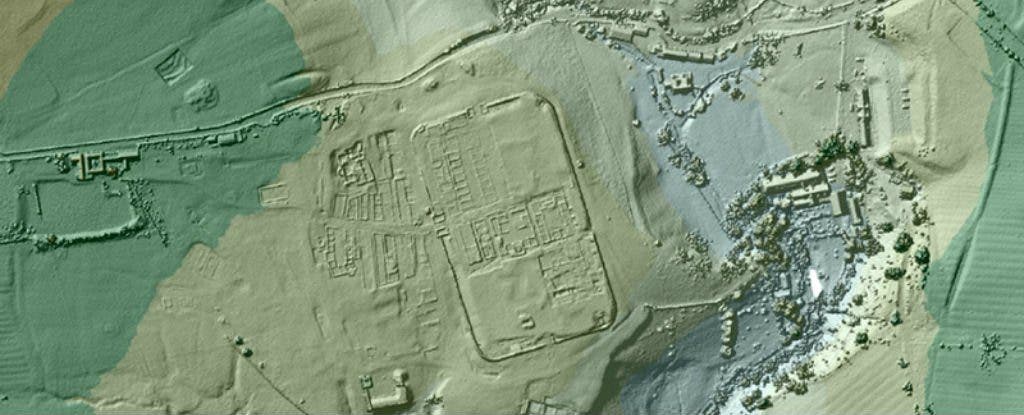British archaeologists have uncovered five Roman roads built over 2,000 years ago using a technology called LIDAR – a mix between LASER and RADAR. The roads were used by Roman settlers in the 1st century AD and the discovery will allow researchers to better understand how areas in today’s UK were conquered and how the road infrastructure was developed.

Previously in Lancashire we only had aerial photographs from the 1940s and 1960s to go on, but with photographs features only show up after a drought and we don’t get many of those,” said one of the team, David Ratledge from the UK Environmental Agency. “With Lidar, once you know what to look for, it’s blindingly obvious – you just know you’ve found a road… It’s been revolutionary.”
Since 1998 the Environment Agency has used lasers to scan and map the English landscape from above. They’ve done this mostly for flood modelling and tracking changing coastlines, but every once in a while, they find something that’s of other interest. This time, the LIDAR data proved extremely interesting for archaeologists seeking to map Roman roads that have been ‘lost’, some for thousands of years. Interestingly enough, these roads show how Roman’s legions advanced through the country and conquered parts of the country.
“These were the county’s most important Roman sites so good communications between them must have been essential,” Ratledge continued. “Rather than following the Ordnance Survey route, it took a very sensible and economical route via Longridge and Inglewhite to Catterall, near Garstang. Here it joined the main Roman road from the south heading to Lancaster.”
First invented in the 1960s, Lidar technology makes use of ultraviolet, visible, or near infrared light to map objects in a very high resolution. The British government has been very inspired in making this data available to the public, so not only other researchers but also amateurs can have a go at finding hidden landscapes. Although LIDAR can’t truly see underground, it can spot subtle indentations in the landscape. In the case of a road or a former foundation, the soil has different parameters in terms of cohesion, chemical make-up and compactness. After 2,000 years, this isn’t visible with the naked eye, but it is visible with LIDAR.
So far, five roads have been uncovered but there’s certainly many more roads and infrastructure elements awaiting to be discovered. The Environment Agency is making all 11 terabytes of its LIDAR surveys available as open data as part of the #OpenDefra initiative. These data are available for everyone to use for free through the new Survey Open Data portal.
Was this helpful?



